High-Purity Butyraldehyde (Butanal, CAS 123-72-8) from Aure Chemical – Your Trusted Source
Aure Chemical is a trusted global supplier of Butyraldehyde, also known as Butanal. This highly versatile organic aldehyde is a fundamental building block in the chemical industry, recognized for its critical role in numerous synthesis pathways and its widespread applications in various sectors. Its distinct reactivity makes it indispensable for creating a vast array of downstream products.
Basic Information of Butyraldehyde
Butyraldehyde (CAS No. 123-72-8) is manufactured to stringent quality standards, ensuring high purity and consistent performance for your specific industrial and chemical needs:
| CAS No.: | 123-72-8 |
|---|
| EC No.: | 204-646-6 |
|---|
| Linear Formula: | C₄H₈O |
|---|
| Molecular Weight: | 72.11 |
|---|
| Appearance: | Transparent Liquid |
|---|
| Odor: | Pungent, characteristic aldehyde odor |
|---|
| Melting Point: | -96 °C |
|---|
| Boiling point | 75 °C |
|---|
| Density: | 0.80 g/mL |
|---|
| Solubility: | Sparingly soluble in water; miscible with most organic solvents. |
|---|
| Flash Point: | 12 °F |
|---|
| Nature: | Flammable liquid, highly reactive aldehyde group. |
|---|
| RIDADR: | UN 1129 3/PG 2 |
|---|
| Chemical Structure: | 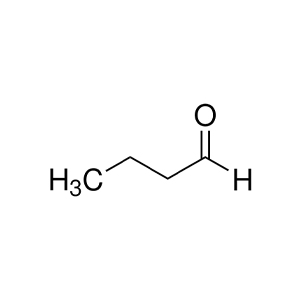 |
|---|
Our commitment to quality ensures a reliable and high-performing product for your manufacturing processes.
Primary Applications of Butyraldehyde (Butanal)
Butyraldehyde's unique chemical structure, featuring a reactive aldehyde group, underpins its extensive applications as a key intermediate and specialty chemical:
Critical Intermediate for Alcohol Production:
One of the most significant applications of Butyraldehyde is its role as a primary precursor for important industrial alcohols:
n-Butanol: Produced by the hydrogenation of Butyraldehyde, n-butanol is widely used as a solvent for paints, coatings, resins, and as an intermediate for other chemicals.
2-Ethylhexanol (2-EH): Formed through an aldol condensation of Butyraldehyde, followed by hydrogenation. 2-EH is crucial for manufacturing plasticizers (e.g., DEHP, DINP), which are essential for PVC plastics.
Precursor for Plasticizers:
Butyraldehyde is directly or indirectly involved in the synthesis of numerous plasticizers, vital compounds that enhance the flexibility and workability of plastics, particularly PVC. This includes precursors to phthalate and non-phthalate plasticizers.
Building Block for Polymers and Resins:
It's used in the production of various polymers and synthetic resins, contributing specific properties to the final materials due to its aldehyde functionality.
Intermediate in Pharmaceuticals and Agrochemicals:
The reactive nature of Butyraldehyde makes it a valuable intermediate in the synthesis of active pharmaceutical ingredients (APIs) and various agrochemical compounds, including pesticides and herbicides.
Flavor and Fragrance Industry:
Butyraldehyde and its derivatives are utilized in the flavor and fragrance industry to create specific aroma compounds for food, beverages, and perfumes, contributing characteristic fruity or buttery notes.
Why Choose Aure Chemical for Your Butyraldehyde Supply?
Aure Chemical is committed to delivering superior chemical solutions and unparalleled customer support. By partnering with us for your Butyraldehyde requirements, you benefit from:
Exceptional Purity: Our Butyraldehyde is manufactured to high purity standards, ensuring optimal performance and efficiency in your chemical processes.
Reliable Global Supply: We maintain a robust and efficient supply chain, guaranteeing timely and secure delivery of this essential chemical to your facilities worldwide.
Expert Technical Support: Our team of experienced chemists and specialists is readily available to offer comprehensive guidance on product application, safe handling, and storage.
Commitment to Quality & Safety: We adhere to the highest industry standards for quality management, safety, and environmental responsibility throughout our operations.
Choose Aure Chemical for a trustworthy and dependable supply of high-quality Butyraldehyde. We are ready to support your most complex chemical challenges.
Hazards Classification
GHS Classification: Flammable Liquid (GHS02), Acute Toxicity (GHS06), Corrosive (GHS05), Health Hazard (GHS08)
Hazard Statements: Highly flammable liquid and vapor; harmful if swallowed or in contact with skin; causes skin irritation; causes serious eye damage; may cause respiratory irritation.
UN Number: UN 1129
Hazard Class: 3 (Flammable Liquids)
Packing Group: II
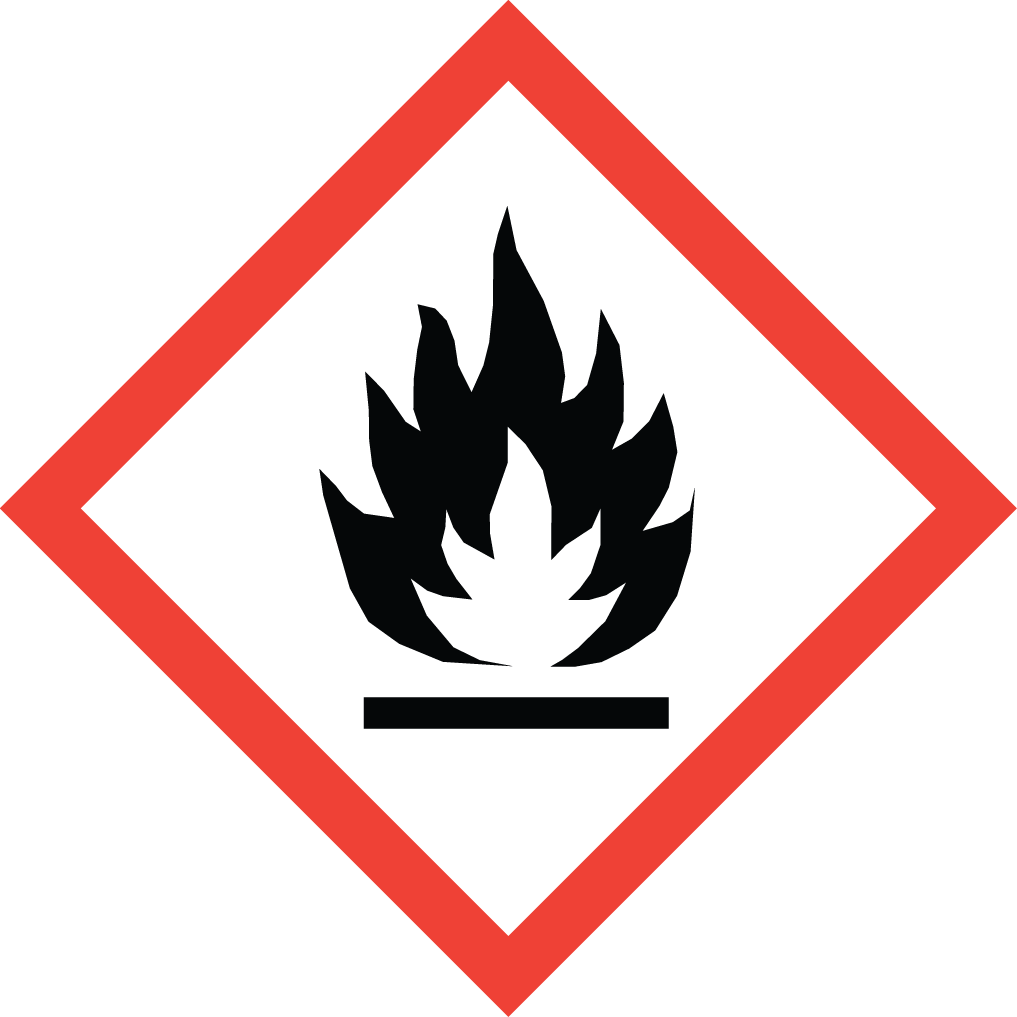 GHS02: Flammable
GHS02: Flammable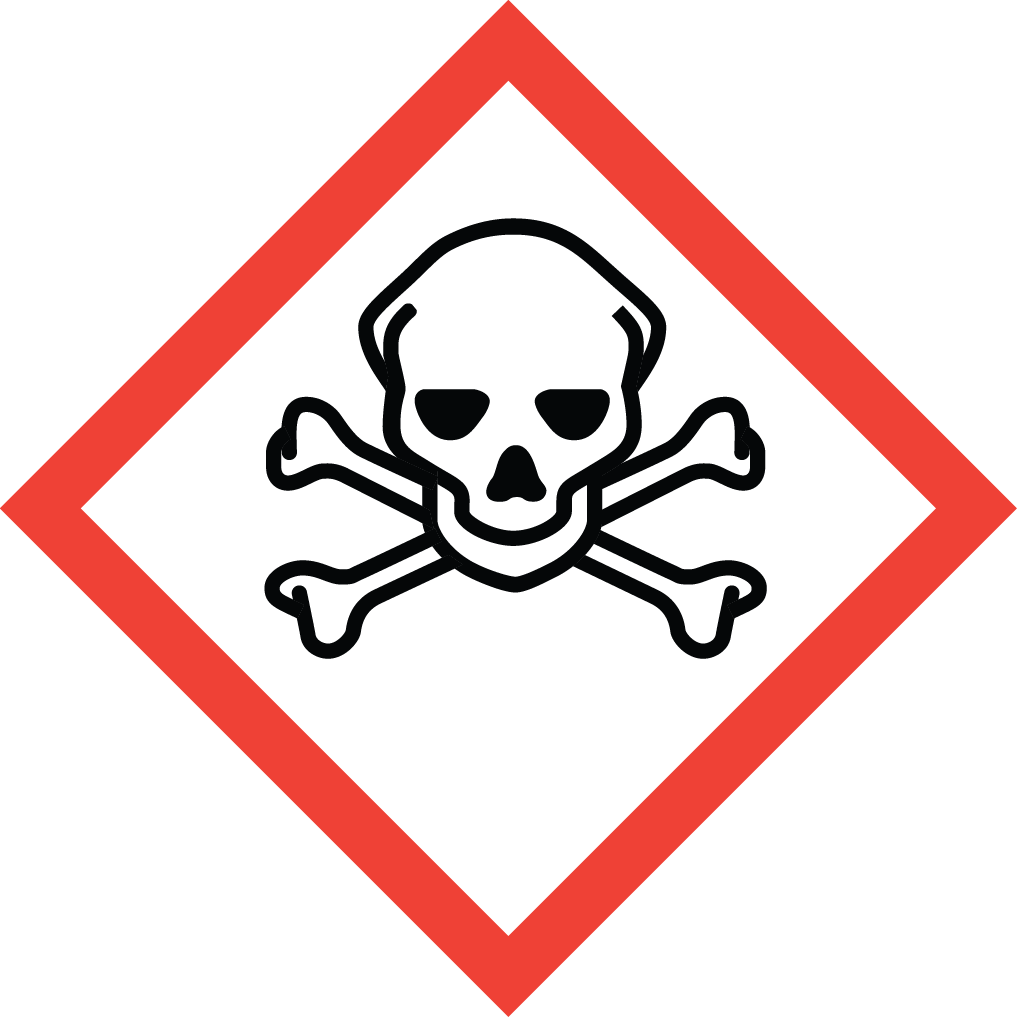 GHS06: Acute Toxicity
GHS06: Acute Toxicity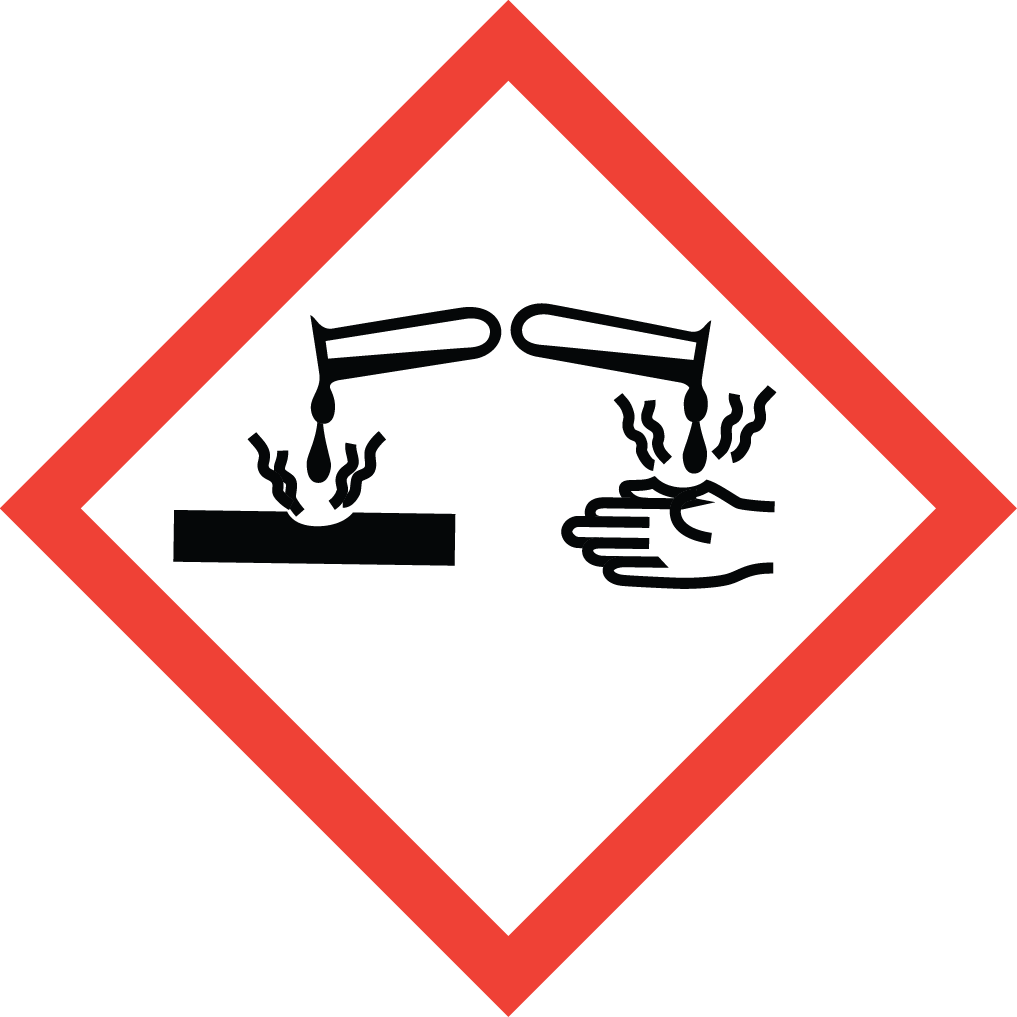 GHS05: Corrosive
GHS05: Corrosive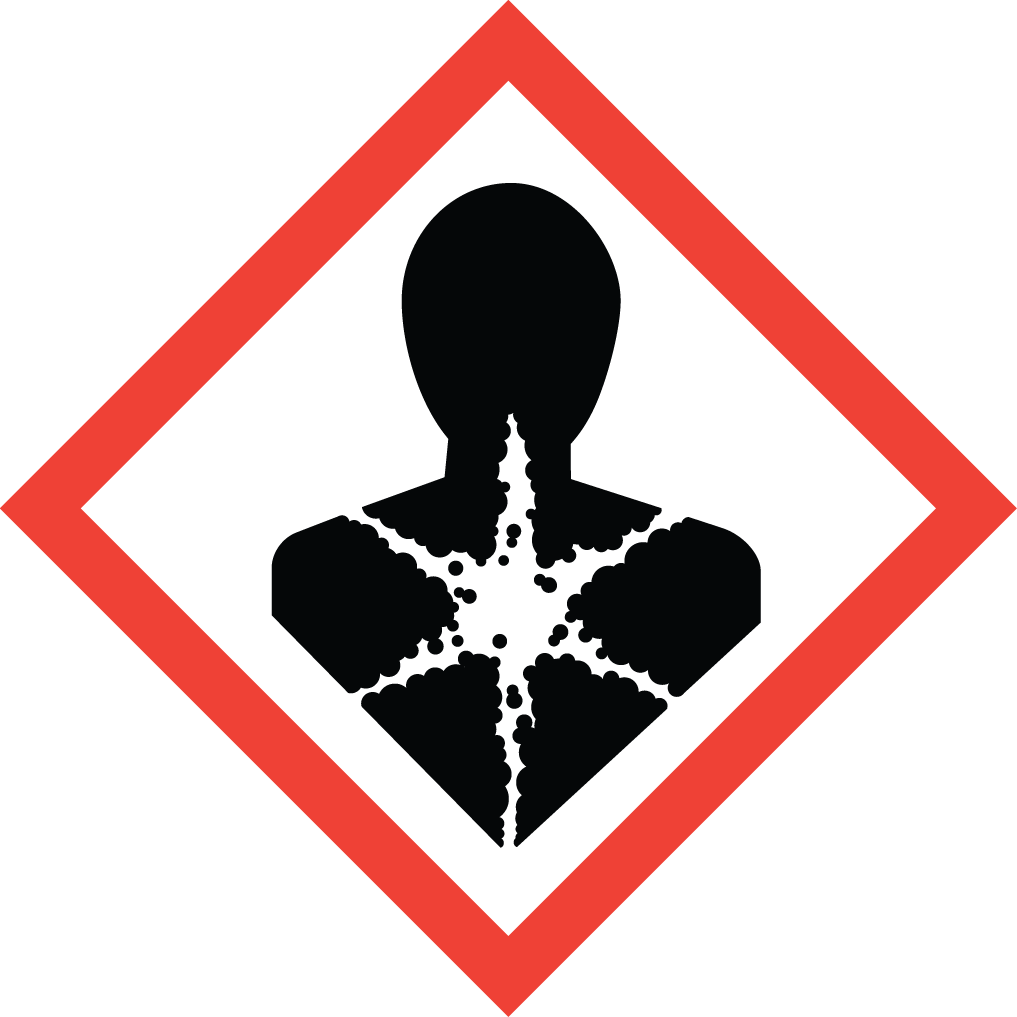 GHS08: Health Hazard
GHS08: Health Hazard
